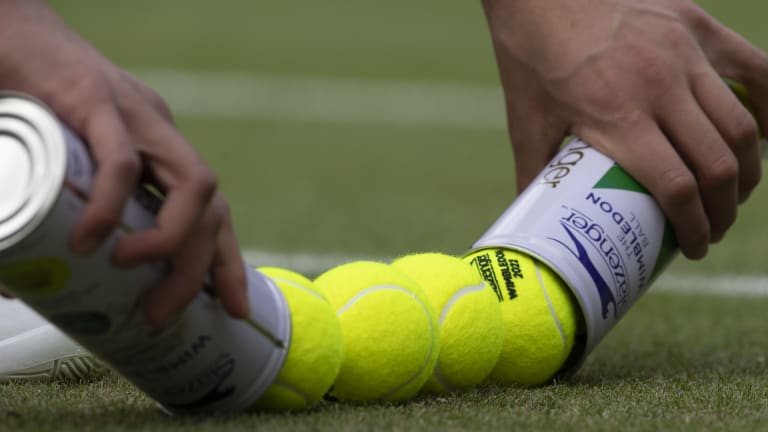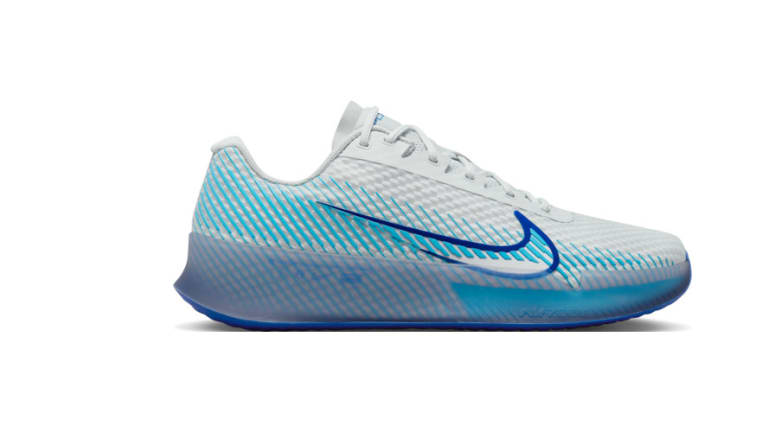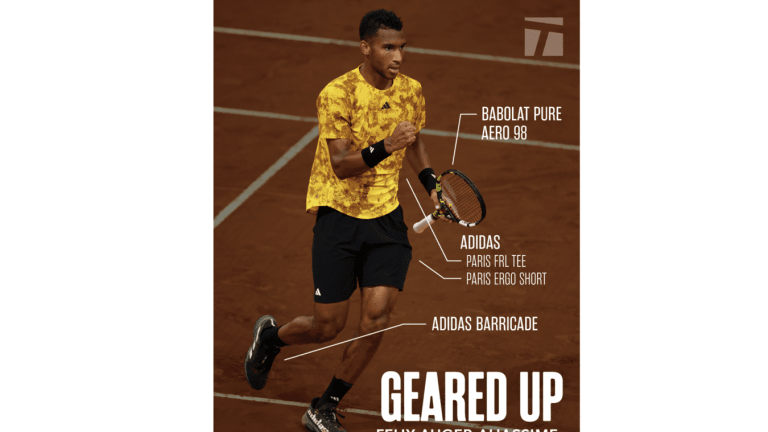Your Game
Gear 101: A beginner’s guide to the essential equipment needed to play tennis
By May 09, 2024Your Game
VKTRY performance insoles can give your game a boost
By May 19, 2024Your Game
Geared Up: Tommy Paul plays his relentless style with Yonex and New Balance
By May 18, 2024Your Game
Andy Murray testing out Yonex racquet at Bordeaux challenger event this week
By May 13, 2024Your Game
Racquet Review: Head Boom Pro 2024
By May 12, 2024Your Game
Wilson releases its latest Roland Garros collection
By May 12, 2024Your Game
Racquet Review: Babolat Pure Strike 100 (16x20)
By May 06, 2024Your Game
Adidas introduces 15-piece SS24 Paris Collection for clay season, Roland Garros
By May 04, 2024Your Game
Is tennis feeling the Challengers effect? Searches for "adult tennis lessons" are up 245%
By May 02, 2024Your Game
May is National Tennis Month in the U.S., and there's no better time to get out and play
By May 01, 2024Your Game
Gear 101: A beginner’s guide to the essential equipment needed to play tennis
A good racquet, fresh can of balls and the proper pair of shoes are must-haves to start your journey—and why not now, during National Tennis Month?
Published May 09, 2024
Advertising

Suit up to play with a solid racquet and some workout clothes. Just leave the running shoes at home.
© AFP via Getty Images

You don't need to use the same balls as Wimbledon, but a fresh can always helps.
© 2022 Visionhaus
Advertising

The sidewall on the Vapor 11 keeps the shoe's composure during lateral movement.
Advertising

Auger-Aliassime pairs Adidas apparel with a Babolat racquet.